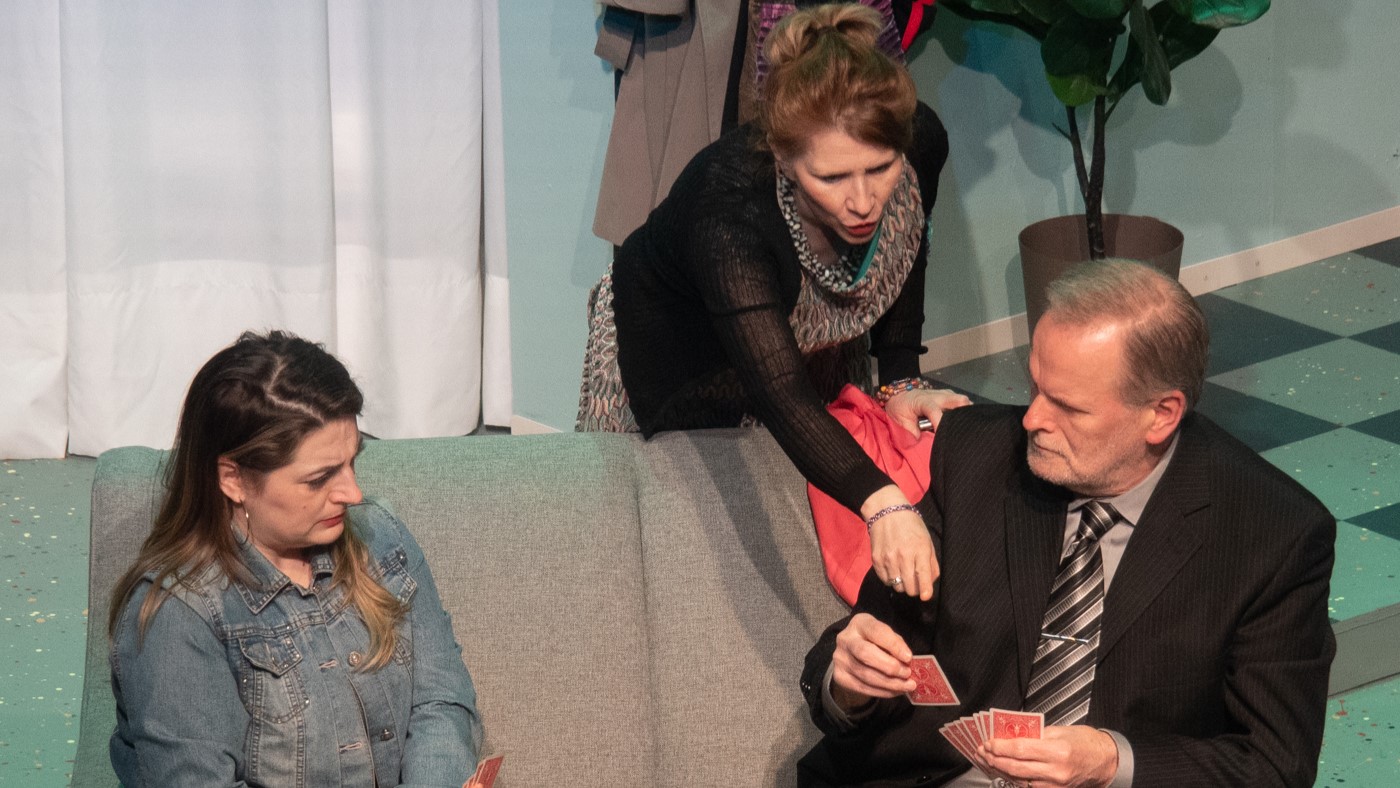I remember a time when self-care wasn’t all over social media. While it’s great to prioritize what nourishes our bodies, minds, and emotions, it led to confusion for someone like me who lives with rheumatoid arthritis (RA).
Many of the tasks healthy people call self-care, such as meditation, warm baths, and naps, were already tools I used to manage my chronic illness. For a while, I felt like I was doing something wrong because participating in these activities didn’t significantly reduce my anxiety and frustration. Then, I realized there’s a big difference between chronic illness management and self-care. Understanding this helped me care for both my illness and myself, and it could help you, too.
The History and Definition of Self-Care
It wasn’t easy at first. Chronic illness care and self-care can be intertwined, making it difficult to differentiate between the two, to even realize that there is a difference. It took years before I realized why self-care wasn’t really working for me started to think about the cause.
I was surprised to discover that the concept of self-care originated in the 1950s, when doctors would recommend self-care as a way for instutionalized patients to exercise and treat themselves, often under medical supervision.
It was later adopted by the civil rights movement of the 1960s to take care of Black communities and then by those in high-risk professions to address the emotional impact of their jobs. Fast forward to 2016 and self-care made the move to social media, reinvented as a way that anyone could consciously prioritize their own well-being.
I love the radical idea of community care, but there’s some degree in irony in the jump from a medical prescription to bubble bath indulgence. Over time this idea was adopted — dare I say co-opted? — by those who are healthy and able-bodied (and therefore privileged) as a way to be nice to themselves. In this process, self-care lost some of its meaning as a tool for enhancing wellness in illness. Thankfully, we who live with chronic illness can still use self-care, but with a bit of a tweaking.
How to Separate Self-Care from Chronic Illness Care
My first clue that self-care was different from the way I took care of my RA body came when discussing my daily nap with an able-bodied friend. “Must be nice to take a nap every day,” they said, completely missing the point.
This nap is an essential part of managing my pain and fatigue. If I skip it, I face consequences. As a result, I promptly renamed this part of my pain management toolbox my “Mandatory Rest Period” to clarify that it’s not an indulgence, but a necessity.
It helps others understand that my naps are not an indulgence, but a necessity.
As discussions around self-care took over social and mainstream media, it became clear that I needed to think about self-care differently. To me, activities like making doctor appointments and crying are a regular part of managing my chronic illness, not self-care, and starting a side hustle is beyond my energy level.
To begin, I created two lists. The first list included tasks and activities that are essential tools for taking care of my RA and skipping them results in consequences like flares, depression, and fatigue. The second list contained activities that enhance my health and wellness, but that can be skipped if necessary.
Both lists are unique to me and what works for my RA, as well as what I enjoy doing. Your lists may differ, but you may be surprised by what is essential and what isn’t. For instance, while gratitude is usually considered a self-care activity, I find that it helps me focus on the positive and combat negative thoughts, so I consider it part of chronic illness care.
Adding More Self-Care to Your Day
Adding more self-care to your life is a great way to enhance your RA management and increase your enjoyment of life. However, finding time and energy for self-care can be challenging. One strategy that may help is habit stacking, where you add a new self-care activity to an already established routine.
One example of stacking self-care is journaling. For me, journaling enhances my pain coping skills and mental health, so it’s an essential part of my chronic illness care. But since I’m also a stationary nerd, I add some extra self-care by using beautiful notebooks and a fountain pen with shimmery ink. Sometimes, I even add doodles or stickers to decorate the pages.
Taking walks is also important for maintaining my strength, even though driving a wheelchair on bumpy sidewalks or paths can be more physically demanding than people might assume. And because photography is my passion and another form of self-care, I make sure to bring my camera along on my walks to add some extra enjoyment to my chronic illness care.
Remember, you don’t always need to stack self-care onto something else for it to be beneficial. It’s perfectly fine to do things that nourish you simply because they feel good. Whether it’s reading, talking with friends, crafting, baking, gardening, indulging in chocolate, playing with your pet, or any other activity that brings you joy, self-care is an important part of managing your chronic illness.
Living with a chronic illness is in many ways a full-time job, requiring constant monitoring and management. Taking the time to clarify the difference between what you do to manage your condition and what is self-care can help you to create a deeper sense of physical and mental wellness. And when you have RA, that’s always welcome.
Stay in Touch with CreakyJoints Canada
Part of the nonprofit Global Healthy Living Foundation, CreakyJoints is a digital community for millions of arthritis patients and caregivers worldwide who seek education, support, advocacy, and patient-centered research. All of our programming and services are always provided free of charge. As we grow CreakyJoints Canada we want to hear from you. Please join our email list to stay connected, learn about new content and initiatives, and send us suggestions and ideas.






